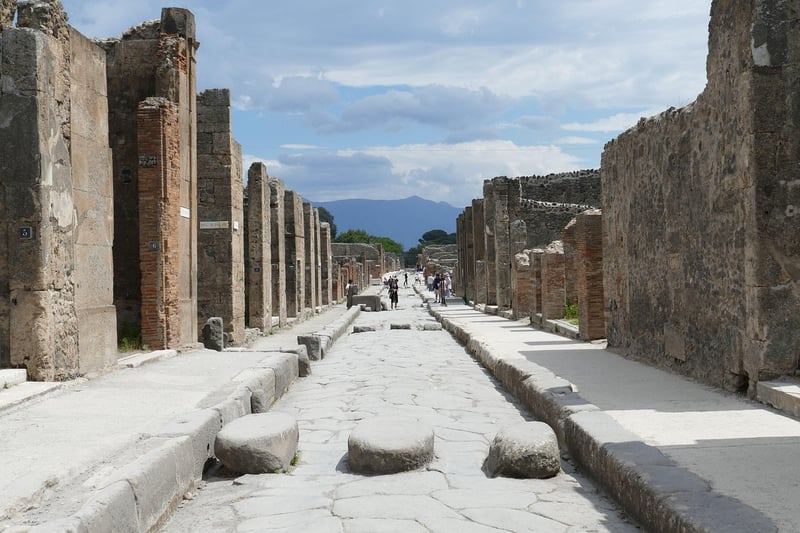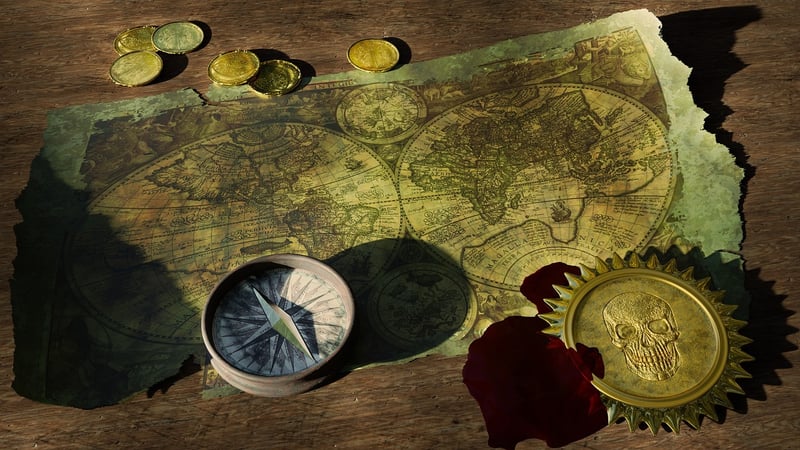Futuristic Worlds
The Evolution of Travel: From Ancient Times to Futuristic Worlds
Ancient Travel
Travel has been an essential aspect of human life since ancient times. In the past, people traveled on foot or by using animals such as horses, camels, or elephants. Ancient civilizations like the Romans and Greeks developed sophisticated road networks and maritime routes to facilitate trade and travel.

Medieval and Renaissance Travel
During the medieval and renaissance periods, travel became more prevalent with the rise of explorers like Marco Polo and Christopher Columbus. The invention of the compass and improvements in shipbuilding allowed for long-distance sea voyages, connecting distant lands and cultures.

Industrial Revolution and Modern Travel
The industrial revolution marked a significant shift in travel with the invention of steam-powered trains and later automobiles. The development of railways and highways revolutionized transportation, making travel more accessible to the masses. The 20th century saw the emergence of commercial aviation, further shrinking the world through faster and safer air travel.

The Future of Travel
As we look towards the future, travel is poised to undergo dramatic changes with advancements in technology. Concepts like hyperloop transportation, space tourism, and self-driving vehicles are likely to redefine how we move from one place to another. Virtual reality may also revolutionize the travel experience by offering immersive simulations of distant locations.

Conclusion
From ancient civilizations to futuristic worlds, travel has continuously evolved, shaping societies and connecting people across the globe. As we embrace new technologies and innovations, the way we travel will continue to transform, opening up endless possibilities for exploration and adventure.
Explore more about the evolution of travel and the future of transportation here.
